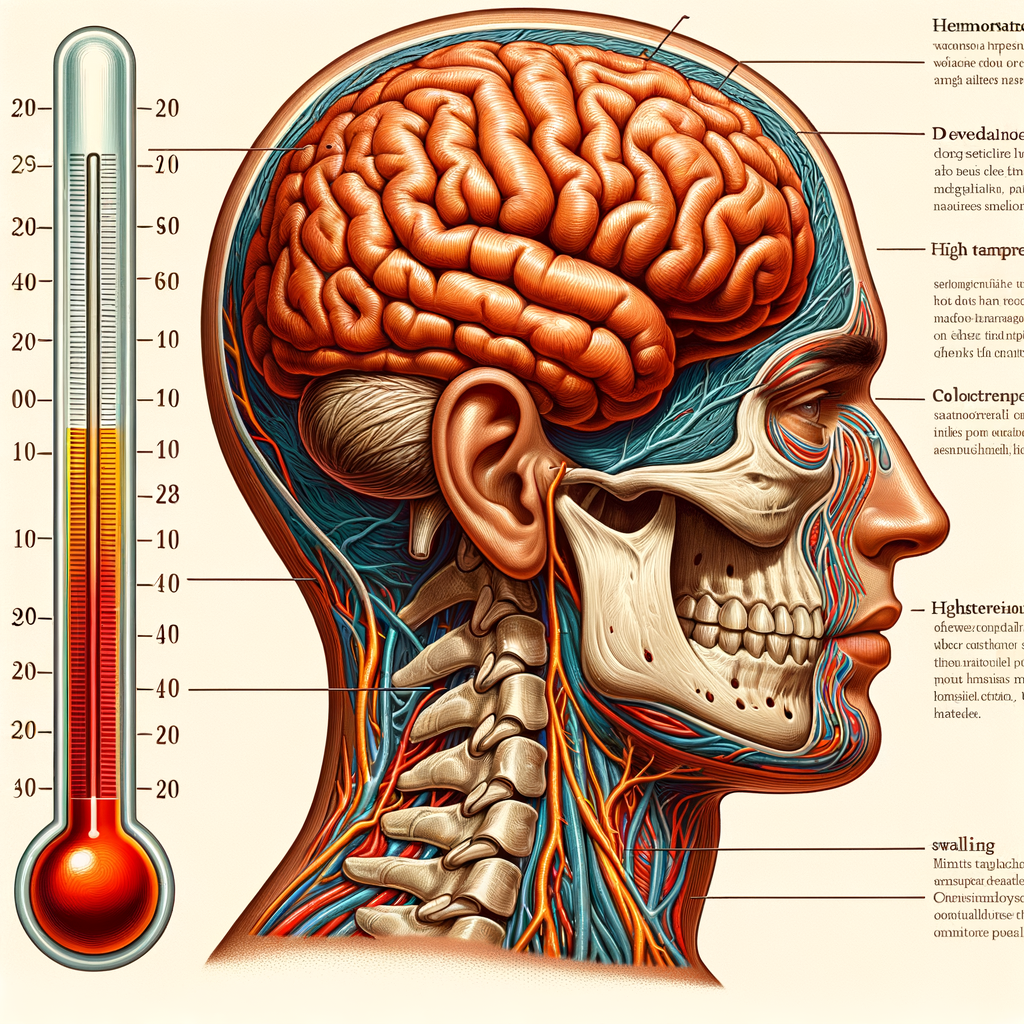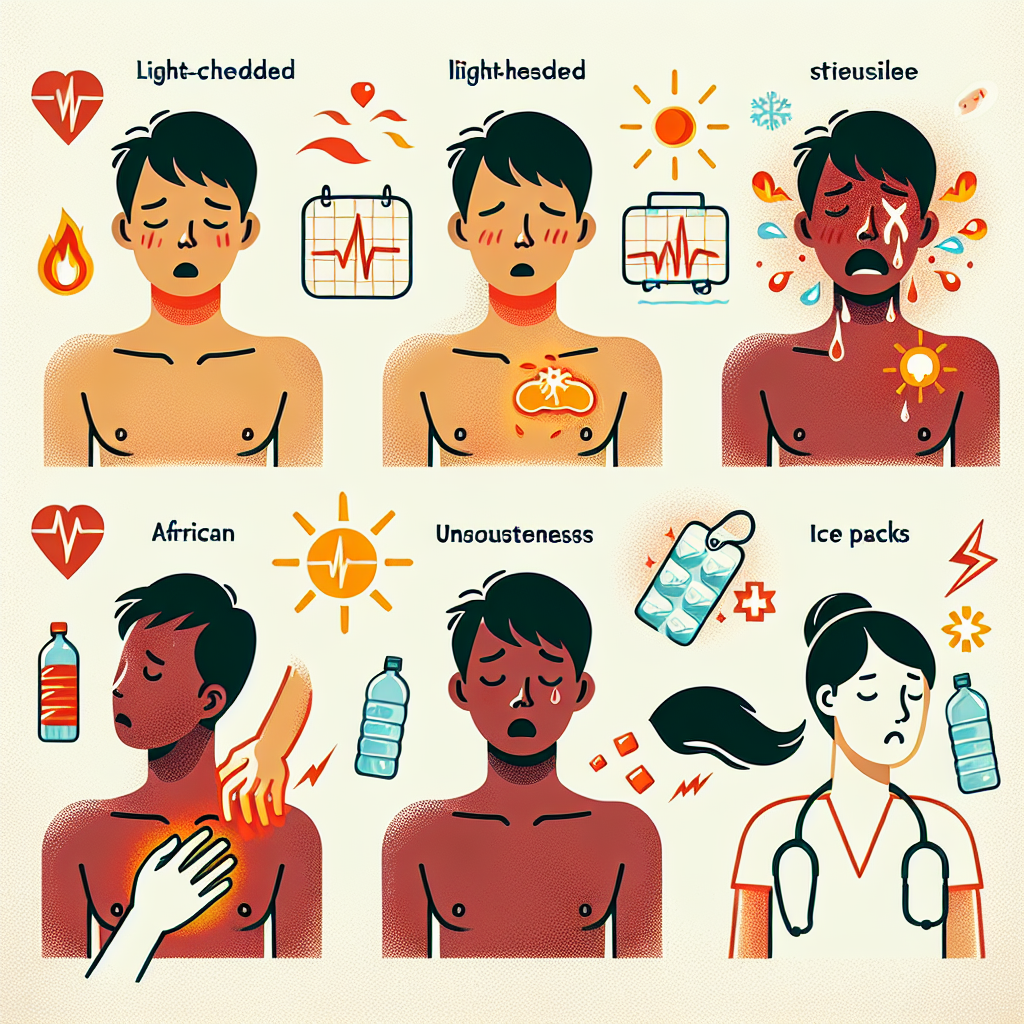Understanding Heatstroke Injury: Causes, Symptoms, and Prevention

Heatstroke, also known as sunstroke, is a severe heat-related illness characterized by a body temperature of 104 degrees Fahrenheit or higher. It is a medical emergency that requires immediate attention. This article aims to provide a comprehensive understanding of heatstroke injury, its causes, symptoms, and preventive measures.
What Causes Heatstroke?
Heatstroke typically occurs as a progression from milder heat-related illnesses such as heat cramps, heat syncope (fainting), and heat exhaustion. But it can strike even if you have no previous signs of heat injury.
Heatstroke can be caused by:
- Exposure to a hot environment: This is known as non-exertional or classic heatstroke. It typically occurs after exposure to hot, humid weather, especially for prolonged periods, such as in a heatwave. It’s most common in older adults and in people with chronic illness.
- Strenuous activity: This is known as exertional heatstroke, which can happen to anyone who engages in strenuous activities in hot weather.
Recognizing the Symptoms of Heatstroke
Heatstroke symptoms can vary but may include:
- High body temperature
- Altered mental state or behavior
- Alteration in sweating
- Nausea and vomiting
- Flushed skin
- Rapid breathing
- Racing heart rate
- Headache
Preventing Heatstroke
Prevention is the best way to deal with heatstroke. Here are some tips:
- Stay hydrated: Drink plenty of fluids, especially when it’s hot or when you’re exercising.
- Wear loose, lightweight clothing: Overly tight or heavy clothes can trap heat, making you more susceptible to heat-related illnesses.
- Take it easy during the hottest parts of the day: If you can’t avoid strenuous activity in hot weather, drink fluids and rest frequently in a cool spot.
- Never leave anyone in a parked car: This is a common cause of heat-related deaths in children.
Heatstroke Statistics and Case Studies
According to the Centers for Disease Control and Prevention (CDC), from 1999 to 2010, a total of 7,415 deaths in the United States, an average of 618 deaths per year, were associated with exposure to excessive natural heat. The highest yearly total of heat-related deaths (1,050) was in 1999 and the lowest (295) in 2004.
A case study published in the Journal of Emergency Medicine described a 33-year-old man who developed exertional heatstroke after a strenuous hike. Despite rapid cooling and aggressive treatment, the patient developed multi-organ failure and died. This case underscores the potential severity of heatstroke and the importance of prompt recognition and treatment.
Conclusion
Heatstroke is a serious and potentially life-threatening condition that requires immediate medical attention. Awareness of the causes, symptoms, and preventive measures can help protect you and your loved ones from this heat-related illness. Remember, prevention is always better than cure.
Meta Keywords: Heatstroke, Sunstroke, Heat-related Illness, Heat Injury, Heatstroke Prevention, Heatstroke Symptoms, Heatstroke Causes
Note: The image for this article should be a cartoonish depiction of a person suffering from heatstroke, with clear signs such as flushed skin, sweating, and a thermometer indicating high body temperature. This image should be set as the featured image for the article.







